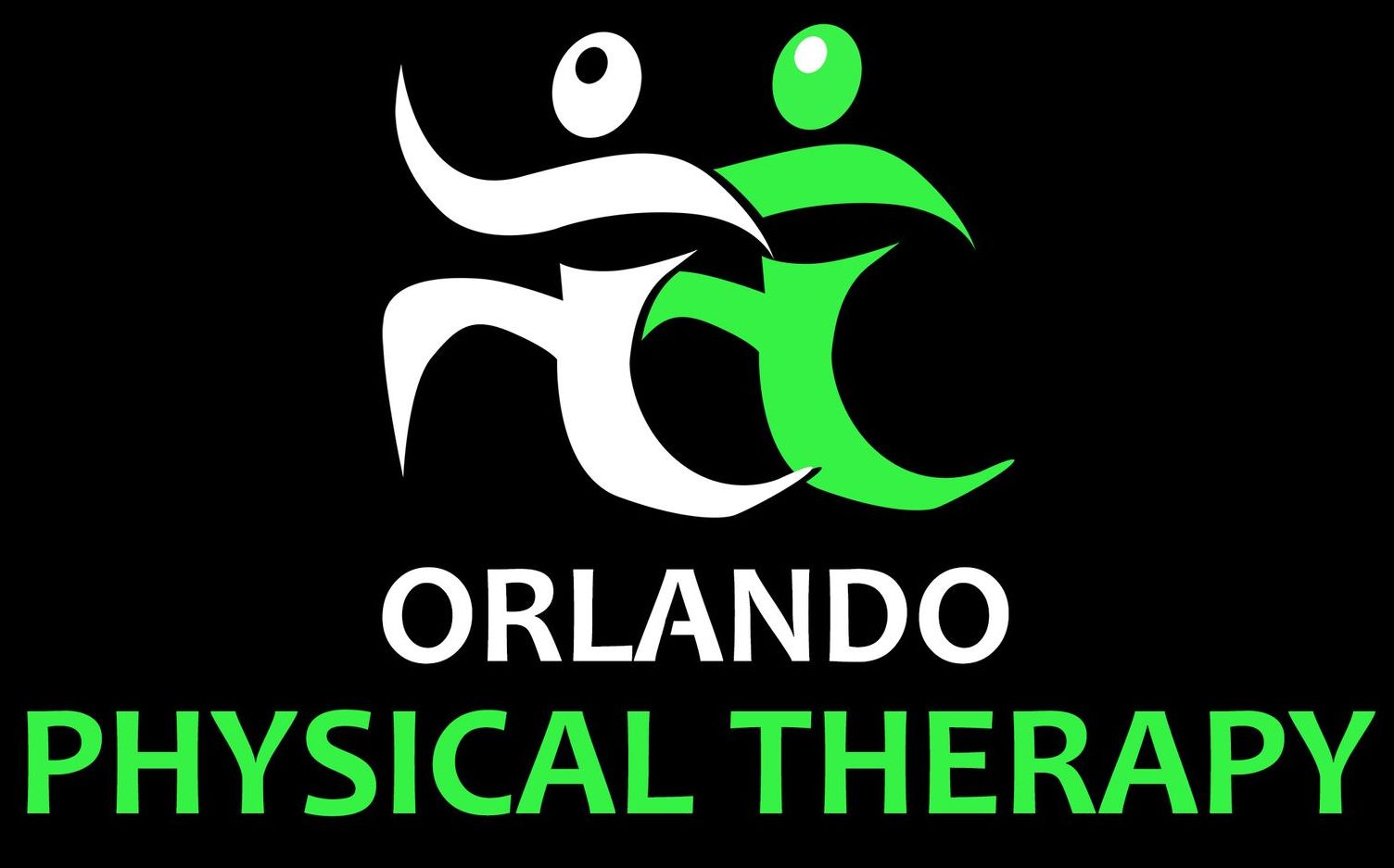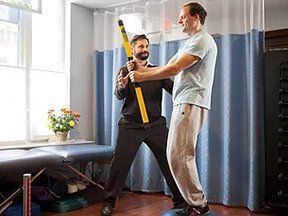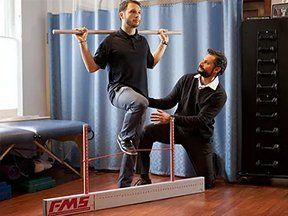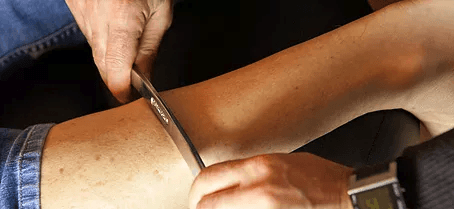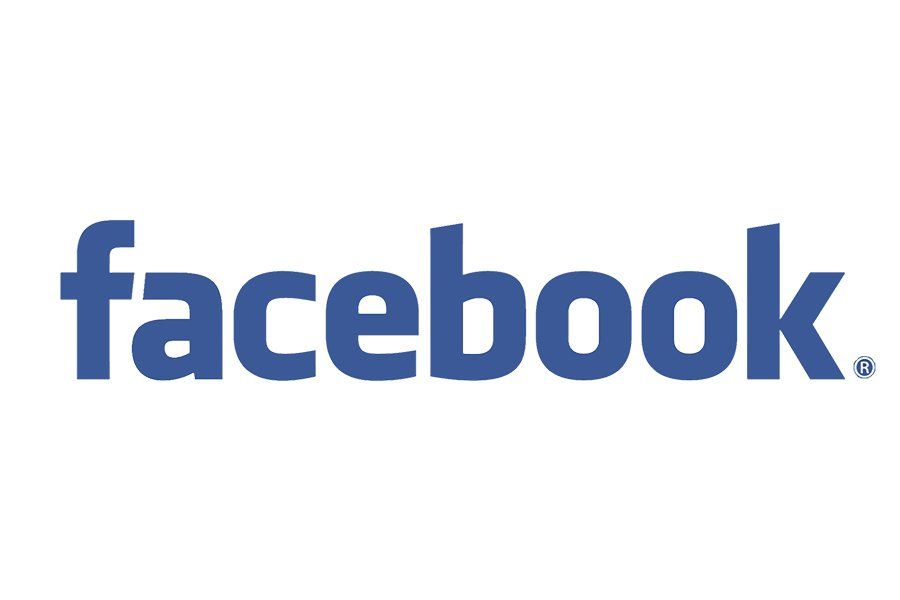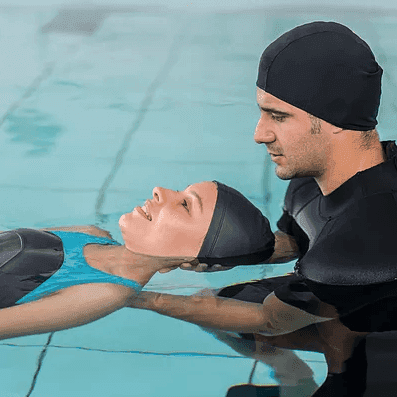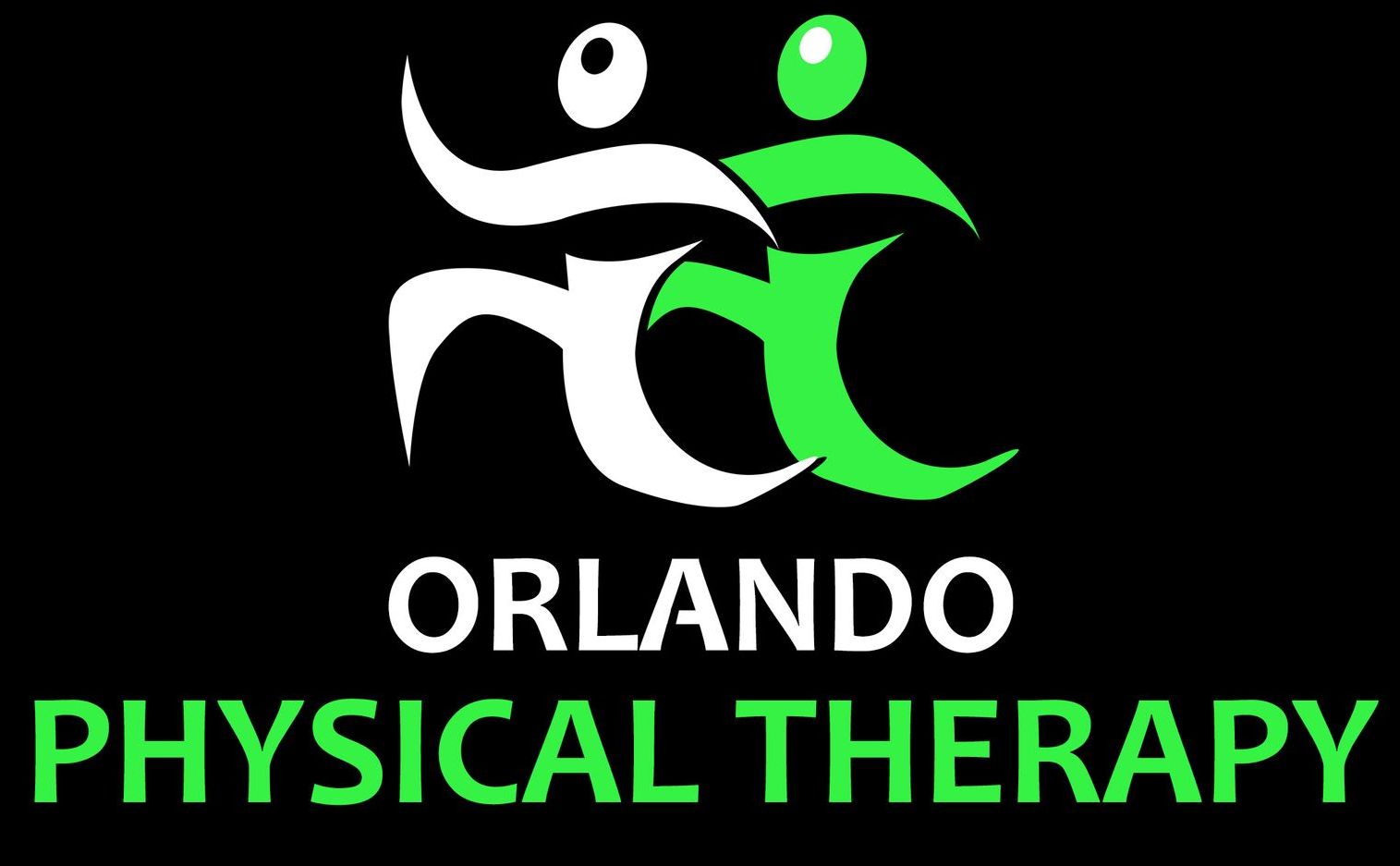Orlando Physical Therapy provides a multi-disciplinary practice combining Physical Therapy, Massage, and Acupuncture to produce a healthy mind and body. We believe that being healthy is more than just the absence of pain. It is being able to function at the highest level your body is intended to function. We have helped hundreds of patients regain their quality of life, and would love to add you to our list of success stories
Telehealth by Orlando Physical Therapy!
During this difficult time we know how important it is to still speak with us! We have enabled our office to have virtual appointments that enable you to see us via online video conferencing.
These appointments enable you to receive ongoing quality care in the safety of your own home!
No prescription | No out-of-pocket
To create an account to simply sign in below visit
create account
Have a Zoom Account? Great Simply fill in your login and the meeting ID Provided by us!
Download Our Telehealth App
Telehealth is Easy!
Request Appointment
Requesting a telehealth appointment is easy and is available to current and new patients. Use the convenient form on the right of this page to submit a telehealth request
Talk to Specialist
A Orlando Physical Therapist specialist will respond to your telehealth request or call and assist you with scheduling your online, interactive video conference with one of our professional physical therapists.
Prepare for Visit
In the tabs below, you'll find all the resources you need to become familiar with telehealth and have a successful online videoconference with your SportsCare Physical Therapist. We're here to support you and answer any questions you have. Telehealth made easy.

IAA and the City of Hoboken are pleased to announce that Orlando Physical Therapy has been approved as an In-Network
Participating Provider for the members of the City of Hoboken Group
Health plan.
WE ARE INSURANCE FRIENDLY
We work with your insurance to provide you treatment options so as to better care for our patients. Dr. Orlando believes a well educated staff produces well educated patients.
OUR SERVICES
We specialize in the following areas of physical therapy:
Hover over image to view service
Meet
Dr. Orlando
"My belief is that like the body, your mind goes through a series of changes, some good, some bad."
How we respond to these changes determines our well-being.
Our boutique like practice continually strives to promote and facilitate strategies that will help you respond more skillfully to the stressors of life, subsequently putting you into more of a state of being instead of doing. We achieve this by having all of our treatment rooms outfitted with meditation music, dim lighting, and aromatherapy.
"I feel very fortunate and grateful that I was referred to Dr. Anthony Orlando.
Being a former professional athlete I have been going to physical therapy for many years. This is the first time I can honestly say that the minute I walked through the door I felt the confidence that I’m in great hands.
By the time I left I felt so much better and more relaxed.
I can’t thank you enough!"
Mike Hartman
Hoboken, NJ
"I dislocated my shoulder a few weeks ago. Got an MRI which revealed a torn labrum and rotator cuff. My doctor referred me to Dr. Orlando. After the first treatment my range of motion increased ridiculously. After doing a few of the recommended exercises before the second appointment, I've seen and felt more improvement. His manual manipulation has broken up a lot of the stiffness. I couldn't be happier with my treatment so far."
David. S
Hoboken, NJ
"I’ve been to PT before and there was always a disconnect between the therapist and the patient. As if to say that the physical therapist would just give you an exercise to do and then you were on your own. Dr. Orlando was COMPLETELY different. He stayed with me the entire time and made sure that my form was good. He then sent me home with a regiment that I could take care of at home along with videos and access to his patient portal. I could not have asked for a better experience. If you need PT, definitely give him a call. The staff was great and so was he."
Jessica Natal
Hoboken, NJ
TESTIMONIALS

"As a baseball player, I have been to numerous physical therapists over the years and Dr. Orlando is one of the best."
Matt Daley, New York Yankees

"My goal a number of years ago was to feel healthier, be healthy, get stronger and look better."
Dick Cattani, CEO- Premier Hospitality Division, Compass Group

"Dr. Orlando, I just want to recognize your outstanding service and innovative treatment approaches."
Mike Jerrick, TV Host – The Morning Show with Mike and Juliet

"I feel very fortunate and grateful that I was referred to Dr. Anthony Orlando. Being a former professional athlete I have been going to physical therapy for many years. This is the first time I can honestly say that the minute I walked through the door I felt the confidence that I’m in great hands.
By the time I left I felt so much better and more relaxed.
I can’t thank you enough!"
Mike Hartman
